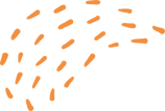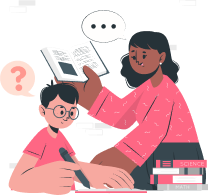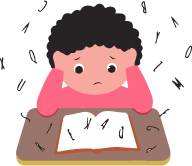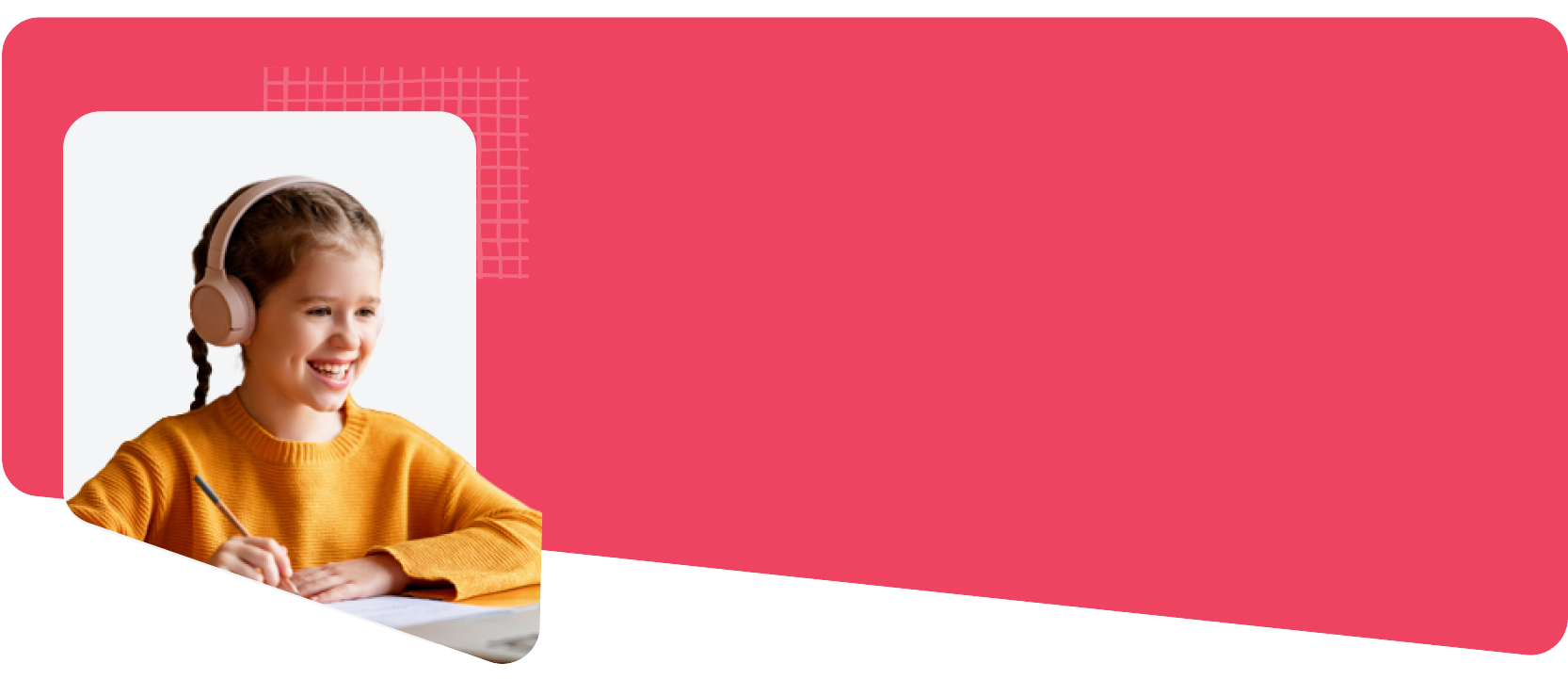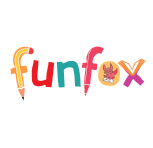Starting kindergarten brings a world of excitement, and one of the biggest milestones is learning to read. For many families, kindergarten reading marks the first time children discover the magic of words turning into stories.
If you’re a parent or a teacher, you might feel both proud and a bit nervous as your child sounds out letters and giggles over silly rhymes. Reading in kindergarten isn’t just about reciting the alphabet; it’s a collection of simple skills and joyful moments that build real confidence.
In this blog, we’ll explore what kindergarten reading looks like, how these early steps shape future learning, and share easy ways you can help at home. Let’s make sense of the process together, so reading feels less like a chore and more like an adventure for your child.
TL;DR:
-
Kindergarten reading builds early confidence by helping children connect letters, sounds, and words through fun, simple steps.
-
Early reading boosts vocabulary, attention, and learning confidence, setting kids up for school success.
-
Core skills include phonemic awareness, letter-sound recognition, blending, and sight words.
-
Reading foundations also cover vocabulary growth, story comprehension, and basic book handling.
-
Parents can support learning by reading daily, using activities, fun games, and keeping practice light and enjoyable.
-
Challenges like sound confusion or low interest are common. Patience and simple support at home can make a big difference.
Understanding How Kids Learn to Read in Kindergarten
For many children, kindergarten reading is all about small steps that add up to big leaps in confidence. At this age, kids start noticing letters, recognizing how sounds fit together, and connecting spoken words with those they see on the page.
Through fun stories, playful rhymes, and hands-on activities, kindergarten children develop reading naturally as kids explore books with support from teachers and parents. These early experiences set the tone for a lifelong love of reading and help children approach new stories with excitement and curiosity.
Also read: Decoding in Reading: Strategies, Examples, and Real-World Solutions
Why Early Reading Matters for Your Child
Getting started with kindergarten reading builds the foundation for so many important skills. The earlier children build reading confidence, the easier it becomes for them to keep up in school and enjoy learning.
When families and teachers come together to offer early support, it can make a lasting difference. Here’s why starting early really counts:
-
Builds stronger language, vocabulary, and communication skills
-
Helps children become confident, curious learners
-
Supports attention span and listening skills
-
Makes it easier to understand instructions and classroom expectations
-
Encourages a positive attitude toward school and learning
-
Prepares children for future academic success
If you're looking for reading help for kindergarten, focusing on fun, encouraging activities can make all the difference in your child’s growth. Kindergarten reading, when introduced gently, can feel like play, not pressure.
Worried your child might be falling behind in reading, even though they’re trying their best? You’re not alone, and help is available. The FunFox Readers Club builds real reading confidence through engaging, curriculum-aligned sessions that actually work.
Key Skills for Kindergarten Readers
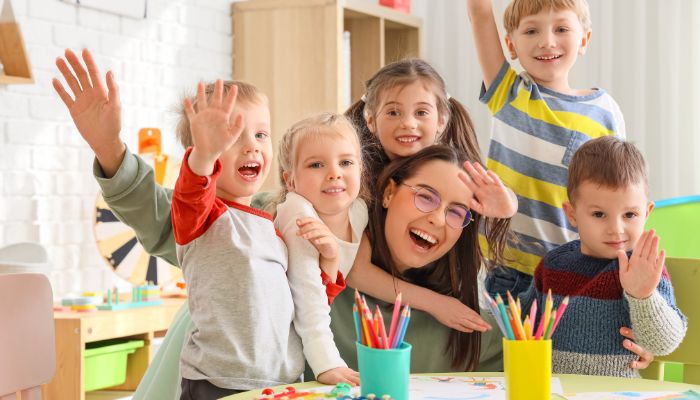
Before kids can form full sentences, they develop a few essential building blocks. Kindergarten reading is less about speed and more about understanding how words work. These early skills give children a solid start and help them feel confident when they see or hear new words.
Here are the core skills your child will work on during kindergarten:
-
Building Phonemic Awareness: Children learn to hear, recognize, and play with individual sounds in words (like identifying the “b” sound in “bat”). It’s one of the first steps in learning how words are formed.
-
Recognizing Letters and Sounds: Kids begin to match letters with their sounds, understanding that “m” makes the “mmm” sound, which is huge progress. It helps them connect spoken language to printed words.
-
Learning Uppercase and Lowercase Letters: Children recognize and write both forms of each letter. This helps with reading books and worksheets, where both appear often.
-
Blending and Segmenting Sounds: Once they know letters and sounds, children start blending them into simple words like “cat” or “sat.” They also break words into sounds, which supports early spelling.
-
Building Sight Word Vocabulary: Common words like “the,” “is,” and “and” appear often in books. Recognizing these quickly makes reading smoother and more fun.
All of these skills form the base for kindergarten reading. Think of it as learning how words work. Basic reading for kindergarten is all about small wins and encouraging steps forward.
Foundations of Kindergarten Reading
Building a strong reading foundation in the early years is key to your child’s success, and kindergarten reading is where it all truly begins. At this stage, kids don’t just memorize words; they learn the building blocks that help them tackle any new story with confidence. Let’s break down the core areas that make up the foundations of simple reading for kindergarten:
Phonics: Making Sense of Letters and Sounds
Phonics is about connecting letters to their sounds. In kindergarten reading, you’ll see children having fun with rhymes, clapping out syllables, and matching letters to the sounds they hear in everyday words. These playful activities help them “sound out” new words on their own, a skill that boosts both reading and spelling later on.
Vocabulary: Growing Word Power
As children explore books and talk about their day, they pick up new words naturally. Strong vocabulary helps kids understand what they read and express themselves clearly. This can start with pointing out objects, naming everyday things, or learning new words from picture books and conversations.
Early Comprehension: Finding Meaning in Stories
Even before reading full sentences, children can practice early comprehension by listening to stories and talking about what happened. They learn how stories have a beginning, middle, and end; that words carry meaning; and that reading is about understanding, not just saying words out loud. Simple questions like “What did the dog do?” or “How do you think this story ends?” help children think about what they’ve read or heard.
Additional Foundations
-
Alphabet Knowledge: Recognizing and naming all letters, both uppercase and lowercase, is a huge milestone in simple reading for kindergarten.
-
Sight Words: Kids also start to recognize common words (“the,” “is, “and”) by sight, helping them read more smoothly.
-
Book Handling Skills: Turning pages, following text from left to right, and knowing where a story starts are part of foundational reading habits
Kindergarten reading isn’t a race; it’s a journey filled with small, steady steps. Each time your child practices these basics, they’re building skills that will carry them into more advanced levels with confidence and joy.
Common Challenges and How Parents Can Help
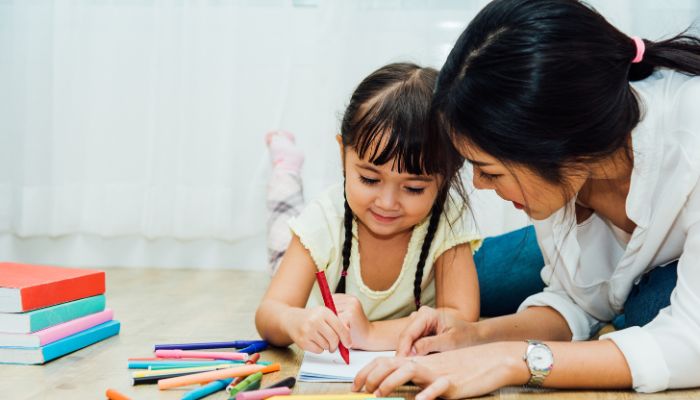
It’s totally normal for children to hit a few bumps while learning to read. Kindergarten reading is a new skill, and every child learns at their own pace. If you're noticing struggles, you’re not alone, and small changes at home can go a long way.
Here are some common challenges and how you can support your child:
-
Mixing up letters or sounds: Gently repeat the correct sound and use games to reinforce it. Keep practice light and fun.
-
Losing focus quickly: Keep reading sessions short (5–10 minutes) and take breaks when needed. Attention spans are still growing.
-
Difficulty remembering sight words: Try practicing a few at a time with flashcards, sticky notes, or chalk during playtime.
-
Lack of interest in books: Let your child choose their own books, even if it’s the same one every night. Familiarity is comforting and encouraging.
-
Feeling discouraged or saying “I can’t read”: Celebrate small wins and let your child know mistakes are part of learning.
-
Falling behind in kindergarten reading lessons: Ask the teacher how you can align home reading with classroom work, or get extra practice through trusted programs like FunFox.
Kindergarten reading is filled with trial and error, but your support and patience can make all the difference!
Tips to Teach a Child to Read
Helping your child build strong reading habits at home doesn’t need to feel overwhelming. Here are some practical and friendly ideas that can support your child’s kindergarten reading journey:
1. Make Reading Part of Your Daily Routine
Read together every day, even if it’s just for ten minutes. Whether it’s a bedtime story or a book after breakfast, this regular practice helps children see reading as a fun and important daily habit.
2. Talk About the Story
Pause while reading to ask questions like, “What do you think will happen next?” or “Why did that character do that?” This helps children connect words to ideas and boosts their understanding.
3. Play with Letters and Sounds
Use magnets, blocks, or hand-drawn cards to help your child spot different letters. Try making up rhyming games or silly songs. These are playful reading exercises for kindergarten that make learning feel like a game.
4. Let Your Child “Read” to You
Even if they’re just repeating memorized lines or describing pictures, let children “read” their favorite books. This builds their confidence and helps them connect spoken and written words.
5. Explore Sight Words Together
Create simple flashcards for common sight words (“the,” “and,” “we”) and practice them during car rides, grocery trips, or while waiting in line. Recognizing these words quickly can speed up how to practice reading for kindergarten.
6. Visit Your Local Library
Letting your child choose their own books develops independence and excitement for reading. Libraries often have story sessions and book recommendations just right for this age.
7. Keep It Relaxed and Positive
Always celebrate small successes and don’t worry about mistakes. The goal of kindergarten reading is progress, not perfection. Praising effort keeps reading fun and stress-free for everyone.
Every family’s journey is a little different, but with these simple tips, you’re building a strong foundation. Your encouragement will help reading become a skill your child loves to practice every day!
Also read: Kindergarten Reading Tips for Parents
Wrapping Up
If your child is still getting comfortable with kindergarten reading, you’re not alone. Many parents feel unsure about how much support is enough or the best way to offer it without pressure. When kids struggle or lose interest, it can create stress at home and in the classroom. The good news? You don’t have to do it all yourself.
At FunFox, we believe reading should feel like fun, not frustration. Our small-group programs are designed to gently guide children through the foundational skills they need, all through encouraging lessons, passionate teachers, and engaging activities that spark curiosity.
FAQ’s
Q. What are the main skills children learn during kindergarten reading?
Children develop phonemic awareness, letter recognition (uppercase and lowercase), blending sounds, sight word vocabulary, and early comprehension skills- all essential building blocks for confident reading.
Q. How can I support my child’s kindergarten reading at home?
Make reading a daily habit, talk about stories, play letter and sound games, encourage your child to “read” to you, practice sight words, visit the library, and keep the experience relaxed and positive.
Q. Why is early reading important for my child’s development?
Early reading builds language, vocabulary, attention, and listening skills. It fosters confidence and curiosity, making future learning easier and more enjoyable.
Q. What should I do if my child struggles with kindergarten reading lessons?
Keep practice fun and short, use games and flashcards, celebrate small wins, and communicate with your child’s teacher to align home activities with classroom learning.
Q. How does FunFox support children learning to read in kindergarten?
FunFox offers small-group programs led by passionate teachers who guide children through foundational skills with engaging lessons and friendly support to make reading enjoyable and confidence-building.
Q. At what pace should my child be learning to read in kindergarten?
Each child learns at their own speed. Kindergarten reading is a series of small steps, and steady, positive practice is more important than rushing progress.

